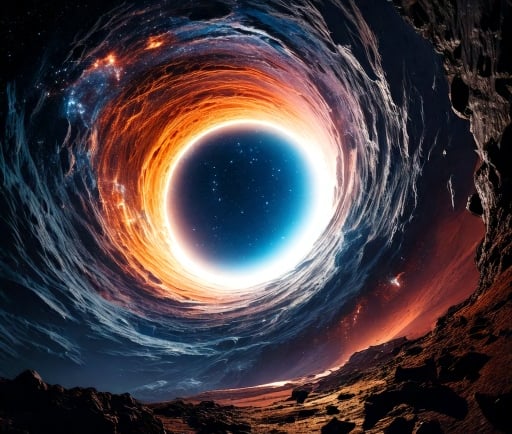Exploring the Giant Void: The Mysteries of Cosmic Underdensity in Canes Venatici


Introduction to the Giant Void
The universe is brimming with fascinating structures, some of which challenge our understanding of cosmic density and formation. One of the most intriguing of these structures is the Giant Void, an expanse of space characterized by a significant underdensity of galaxies. Located in the constellation of Canes Venatici, this monumental area offers unparalleled insights into the behavior and distribution of matter in the universe.
The Characteristics of the Giant Void
The Giant Void stands out due to its vast size, presenting a dramatic contrast to the surrounding regions which are densely populated with galaxies. It covers an area of approximately 100 million light-years across, which is monumental by cosmic standards. In essence, it comprises a vast emptiness where few galaxies are found, leading scientists to classify it as one of the largest voids ever identified in the observable universe.
This underdensity is not merely a feature of the local environment but resonates throughout the cosmic web. The formation of such voids contributes to our comprehension of galaxy formation and the large-scale structure of space. The basic theory suggests that these voids formed in the early universe through gravitational dynamics, which caused matter to coalesce in certain areas, leaving others relatively empty.
Implications for Cosmology
The existence of the Giant Void poses substantial implications for cosmology and the understanding of dark energy and dark matter. Analyzing the void allows scientists to probe the expansion of the universe and the dynamics of cosmic structures. It accentuates the role of dark energy in the expansion process, as regions with lower density may behave differently compared to their denser counterparts.
Furthermore, studying the Giant Void can shed light on how galaxies evolve over time. The limited number of galaxies within the void prompts questions regarding the factors influencing galaxy formation, clustering, and the overall evolution of cosmic structures. Understanding such regions of underdensity can yield clues about the distribution of matter and energy in the universe across time and scale.
Current Research and Future Observations
Current research continues to reveal more about the Giant Void, with astronomers utilizing advanced telescopes and observational equipment to map its boundaries and analyze its properties. The synergy of observational and theoretical methods enables a more comprehensive approach to understanding such voids. As techniques in astronomy evolve, they will enhance our capability to visualize and comprehend the vastness of these cosmic phenomena.
In conclusion, the Giant Void represents a significant area of interest in cosmological research. Its vast emptiness highlights the complexity of the universe’s structure, providing a unique perspective on the distribution of galaxies. With ongoing research and technological advancements, we can anticipate deeper insights into this giant region and its implications for our understanding of the cosmos.
